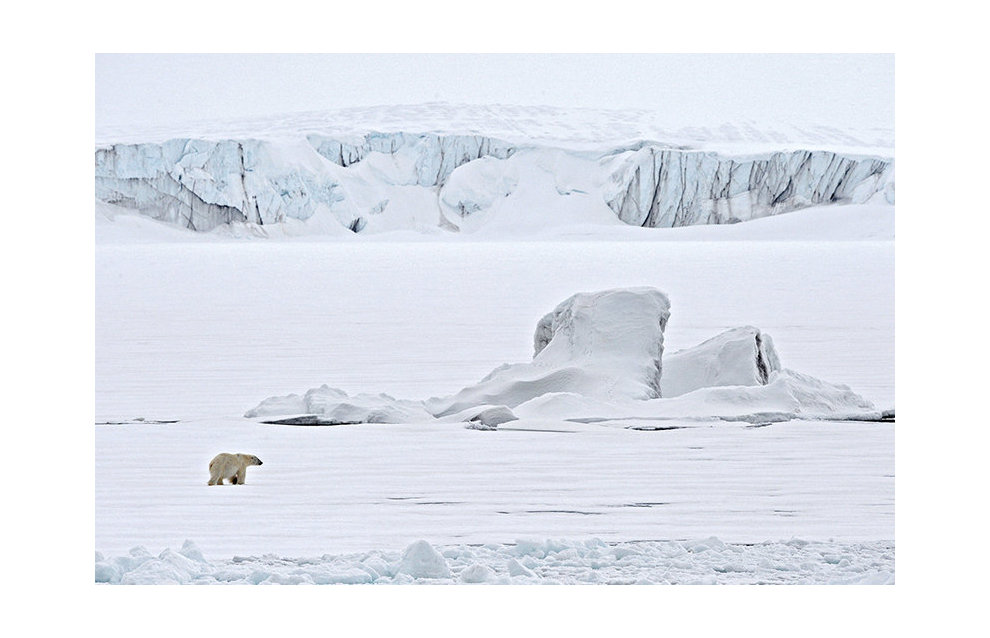New state work-safety standard includes polar bear encounters
A new state work-safety standard for the Arctic’s first responders that entered into force on October 1, 2023 lists requirements for search and rescue operations’ safety in the Russian Arctic: the national standards includes also possible encounters with polar bears.
“The first national standard GOST R 22.8.14. 14-2023 Safety During Emergency Situations, Search and Rescue Operations in the Arctic Zone of the Russian Federation, General Provisions, has been approved,” reads a message on the website of the All-Russian Research and Development Institute for Civil Defense and Emergency Situations.
The document notes an objective need to facilitate effective search and rescue operations in adverse Arctic conditions, including offshore the Northern Sea Route. It also takes into account the specifics of emergency rescue technology development for the first time.
“The national standard specifies how fast first responders should deploy from their anchor bases to airfields, from where they will be dispatched to deal with regional and inter-regional emergencies. This includes operations as part of an air-mobile group of a Russian region or of a regional search and rescue unit. Airfield deployment deadlines are three hours on weekdays and three and a half hours on weekends,” the above institute’s website says.
Ships serving with permanent response units are to reach a disaster area within 60 minutes of receiving a distress call. Specialized ships alone, stationed near oil and gas production facilities, are to respond to incidents there.
The state standard also requires safety guarantees for rescue workers before launching search and rescue operations, while heeding the fact that polar bears are the main predators in the Arctic and a major part of the local ecosystem.
Nuclear power plants, nuclear icebreakers and navy ship bases, hazardous chemical and explosion-prone facilities, as well as important communications components, are located in the Russian Arctic. They can cause various industrial accidents. The Northern Sea Route is the main element of the regional transport system for freight traffic via all coastal areas of the Arctic Ocean, and it can become a very important international transport route in the future.
Each year, an average of 100 industrial or other accidents take place in the Russian Arctic. The number of industrial accidents continues to increase steadily, with transport accidents accounting for 30 percent of the total, followed by explosions and fires involving manufacturing equipment (24 percent).
